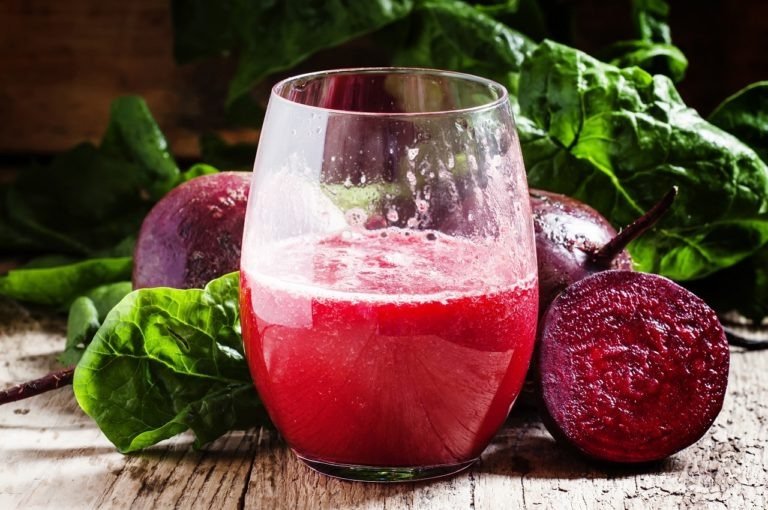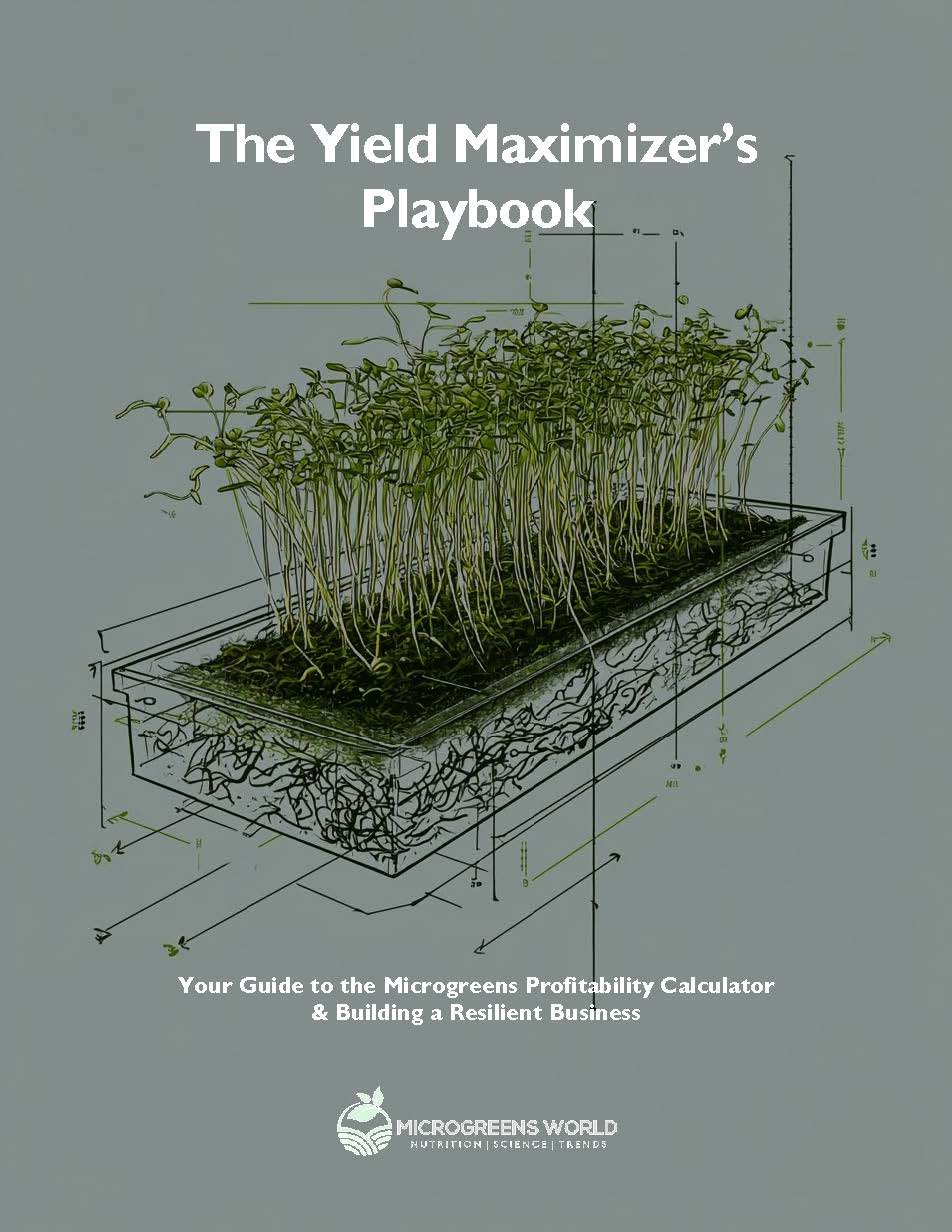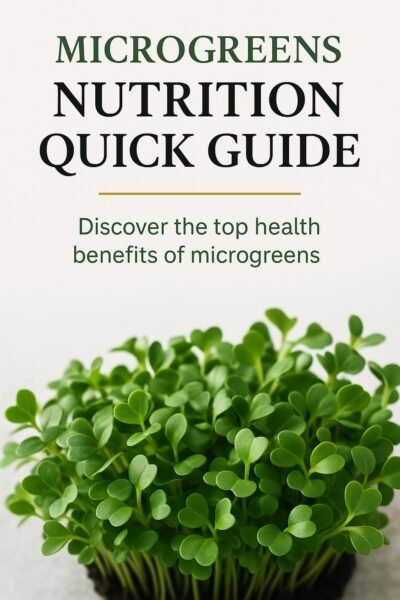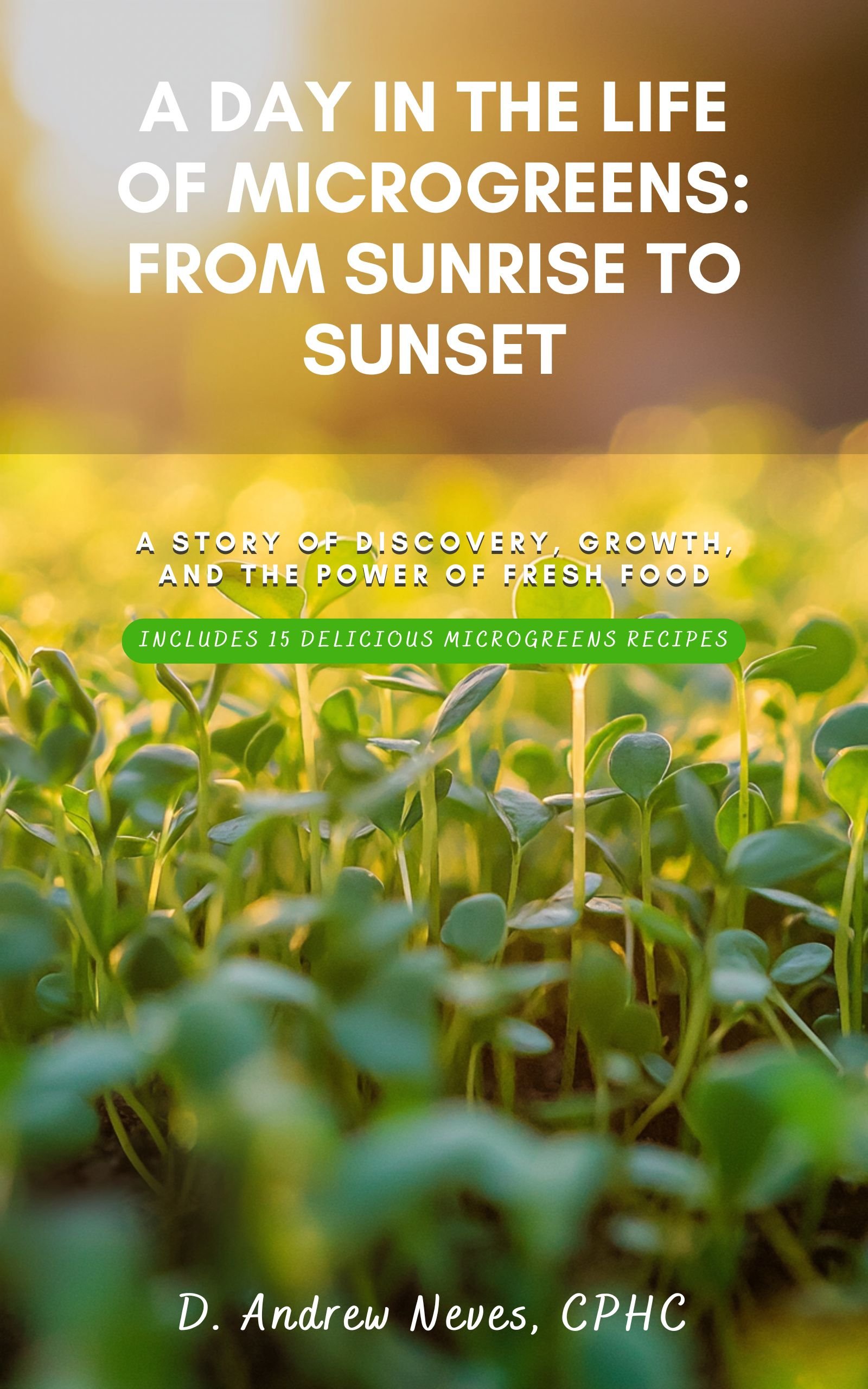I Have Presbyopia, And Cataracts Are Forming; Now What?
I went to the optometrist two months ago, after almost three years without an eye checkup.
And while the news wasn’t bad, it confirmed why I had waited so long, the pandemic notwithstanding.
In the next four issues of the Microgreens World Newsletter, we look at your eye health and how microgreens, along with the right food, exercises (YES! eye exercises do work), supplements (if you have chronic problems) can heal and start to restore common eye problems.
My presbyopia had gotten a bit worse, and cataracts were forming in the lenses. And I have some macular degeneration. “Nothing to worry about”, the optometrist said.
Not what I wanted to hear, but I was determined to slow them down, and reverse them if that was even possible.
My dad had cataract surgery when he was 75 years old. My sister took him to the medical center one morning and it wasn’t until a month later when I noticed he had new glasses that he told me.
He never wore dark glasses in his later years, and he read a lot.
When I left the optometrist, I asked him what I can do to slow this down the worsening of my cataracts.
He told me once I reach 65, or there about, it will probably be at its worst, and if can I do four things consistently is should remain stable:
- Wear dark glasses in sunlight;
- Use a bright light when you are reading (not the computer screen);
- Eat foods like microgreens that nourish your eyes;
- And do exercises that help relive eye stress.
Well you know I was going to figure out #3 right away, and what microgreens could help.
So, I did some more research I want to share with you. What I found is important.
It is easy to prevent, stop, or slow down any chronic or age-related eye disorders.
Oh! I almost forgot my presbyopia.
Have you been squinting to read lately? Or moving that piece of paper further and further away to try and read it?
Well if you’re over 45, that’s a result of presbyopia, the decline in your ability to focus due to the hardening of the lenses in your eyes, making it more difficult to see while reading or doing close work.
But we have good old Benjamin Franklin who invented bifocals in 1784.
I decided to get that new prescription, and some progressive spectacles instead. Didn’t want to look like an old man!
By the way, cataracts are no big deal. Did you know we’ve been doing cataract surgery since c. 2700 BC!
But read on, and learn about your eyes and how to keep them healthy.








